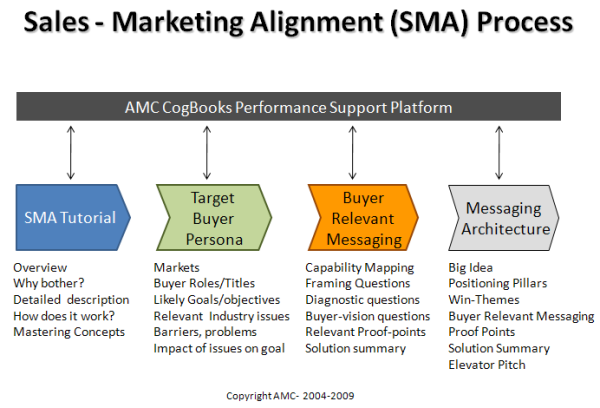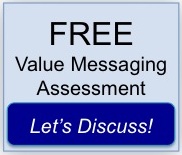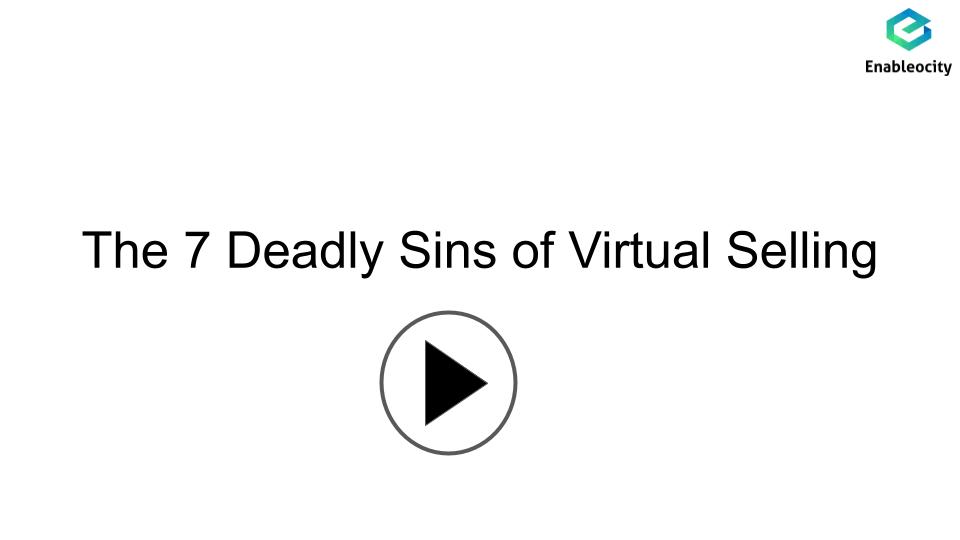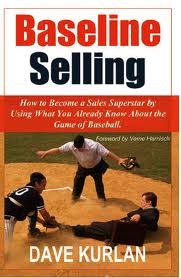The following is a true story extracted from a recent call in a company, possibly just like yours.
Julie, a sales rep from ABC Software, just got back from an initial meeting with a prospective client who registered interest in your products on your Website. Your inside sales team spoke with the prospect and qualified interest in a meeting to discuss ABC application usage in Acme. Julie's Sales Manager, Bob, asks "So how did the Acme meeting go?"
"Well it went pretty well, we had the buyer tell us about what they were thinking and they actually shared with us that there is a real need driving their interest and they also mentioned that they are looking at a couple of our competitors. I gave our standard presentation and we had some good questions at the end of the presentation, which I had to cut short because the prospect had another meeting and we started late."
"So what are the follow-ups?" Bob asked. "Well they said they would consider what we had told them and get back to us with a configuration spec., so we can deliver a quote."
Unfortunately, Julie did not get a second meeting with the client. (like 3 out of 4 reps today* CSO Insights). Julie dutifully submitted a quotation in response to the spec. and a month later received an email from the client advising them they had run second in a close-run thing.
This story has some of the details removed for brevity, but it illustrates a common problem in many companies that affects both sales and marketing; differentiation vs. competition.
The question is - how do marketers and sales people actually achieve differentiation?
The key to differentiation that is widely mis-understood is that differentiation occurs in the mind of the buyer, not in PowerPoint presentation or on your Web-site (unless both are based on the criteria below).
According to Geoffrey Moore's "Chasm Theory", in the early market you may be alone in the market, striving to get found on the Internet and to convert visitors to take more than a passing glance at your product. As the market matures, competitors will emerge; - either "fast-followers" or "innovators" working on the same idea at the same time; competitors that look and feel from their descriptions on the Internet, just like you. Your product might be cheaper, faster or have more gizmos, but the base functionality provided in the product-class appears the same to the buyer.
In our Post-Internet World, where competitive advantage is fleeting, differentiation is a major issue for all companies.
In the B2B and B2C space, differentiation is achieved through the interactions your prospects are having with your Web-site and the quality and relevance of the conversations of your sales and support team...but how is it achieved?
Differentiation for both sales and marketing occurs in the mind of the buyer and for sellers, it starts by identifying your ideal customers and developing their buyer-persona's.
- By analyzing the interests of your target buyers, their likely needs or goals, the issues preventing them from achieving them, and the cost of not achieving them, we can engage buyers in "what's in it for me" conversations for each target buyer group.
- If we know what our buyers really care about and take the time to think through the value-exchange that occurs when using our products; we capture and share this insight, along with best-practices diagnostic questions (in Buyer-Relevant Messaging Templates) with the sales and marketing team, then we can use this Messaging to improve the quality of our Internet site and to improve the quality of sales and support conversations both over the phone and in person.

This is just first-base though. Your sales and support team needs to be trained in how to use the templates to create stories to truly engage buyers.
Improving the skills of your sales team to engage targeted buyers in conversations about their business and relevant industry issues requires industry knowledge, product knowledge, communication and language skill. (Most sales training is centered on product knowledge, not inter-personal skills).
in conversations about their business and relevant industry issues requires industry knowledge, product knowledge, communication and language skill. (Most sales training is centered on product knowledge, not inter-personal skills).
The Internet-era mainstream buyer (value-added, value-offered) knows what they want, in many cases what they are prepared to pay and often are more knowledgeable about the market than our sales reps.
- Our sales and support team needs classroom training and performance support tools to master new interpersonal communication language and psychology skills.
- Regular role-playing is required to master diagnostic conversations based on content within the templates and to engage buyers in conversations about their business and to create buyer-vision.
- Finally we need collaborative tools and feedback mechanisms to share our success, what works and what doesn't, and to tune the ineffective and unused templates out of the Messaging Architecture over time.
Sales naturals (the top 5-10% of your team) will have figured out how your products create value in the eyes of the buyer and are effective in engaging buyers in the value-exchange....that's why they are the top-sellers.
If the other 90% of your sales team is not armed with a clear understanding of the goals, needs and issues confronting your target buyers, skilled in using best-practices questions to diagnose whether your capabilities are of value and to create buyer-vision; then the default behaviour for sales will be to revert to "product-speak" in front of an LCD projector and as Julie discovered, this usually spells no follow-up meeting and the end of the opportunity.



